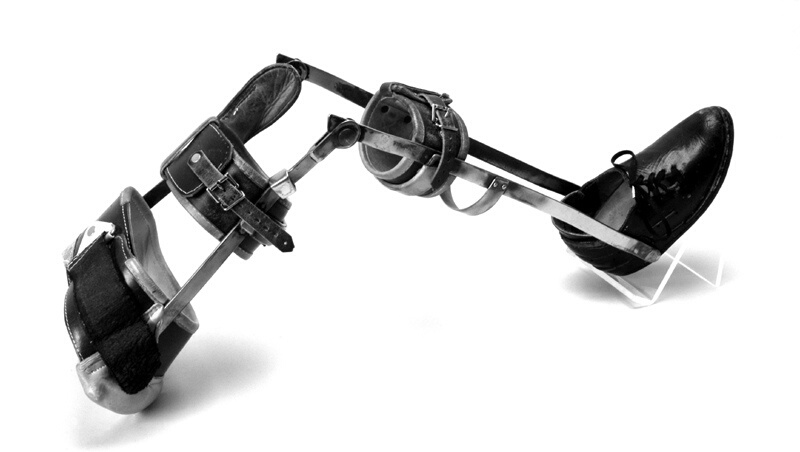“Run Forest, Run!”
Who could forget the image of Forest Gump who took to his heels to escape the bullies as his calipers fell around him in pieces?
The father and creator of the orthopaedic devices was Ambroise Paré, a French surgeon. He was born in 1510 in Bourg-Hersent, France, and died in 1590 in Paris. The Swiss doctor, Venel, set up the world’s first orthopaedic clinic in 1780 to treat children with skeletal deformities comprehensively using orthopaedic, rehabilitation, and prophylactic services, which become a model for other hospitals in Europe.
The conventional orthotic design of leg braces for ‘bowlegs’ consisted of a medial bar, thigh cuff, footplate, locked knee or drop lock knee joint, and medially directed force strap at the knee joint that pulled the knee towards the medial bar.
Calipers were used extensively for children with poliomyelitis. A famous wearer of leg braces was US President Roosevelt, an adult victim of “Infantile Paralysis”. As Roosevelt stood up from his wheelchair to give speeches, he grasped the podium to keep his balance.
For decades, physiotherapists treated patients in calipers for gait training and upper arm strength. Happily, the Salk polio vaccine was developed in the early 1950s. Other childhood conditions treated with leg braces were rickets and scurvy. Early detection and dietary modification have now made the use of calipers less common in the West, although they are still used in developing countries.
Conservative treatment, using casts, corrective night splints, physiotherapy, braces, and gait training are given. Of these, physiotherapy has been the mainstay.
Description provided by Patricia Grohne of Canada

